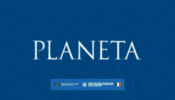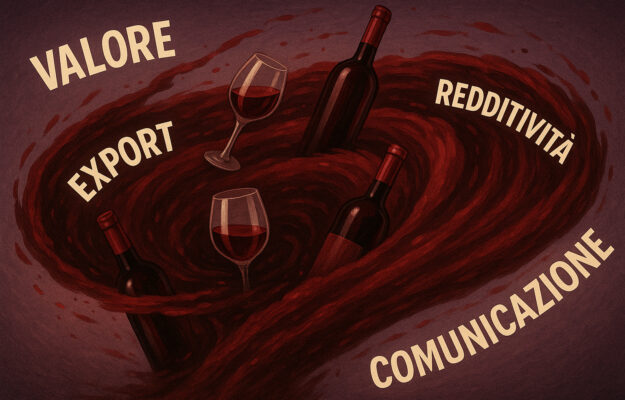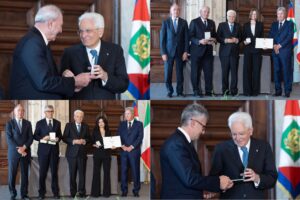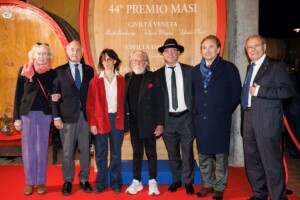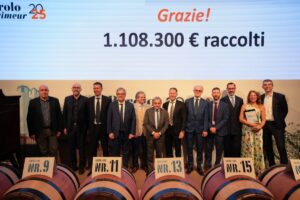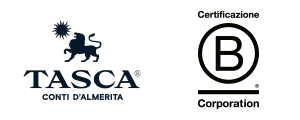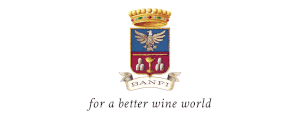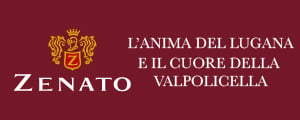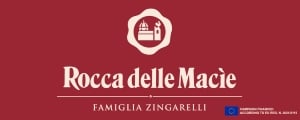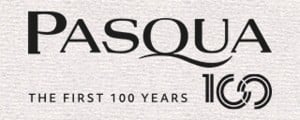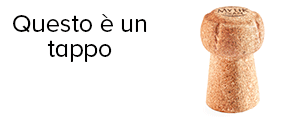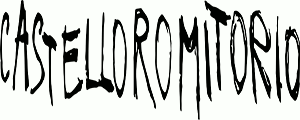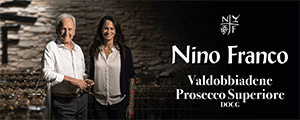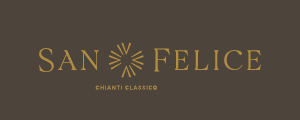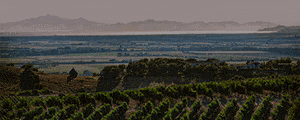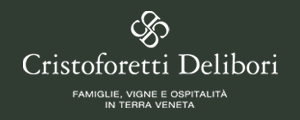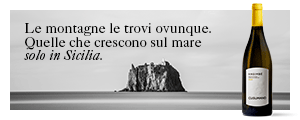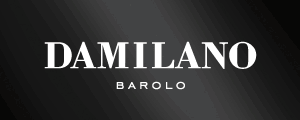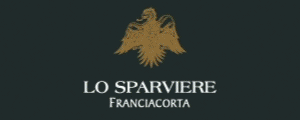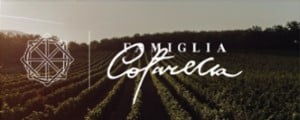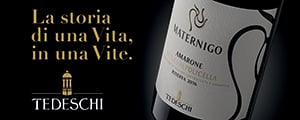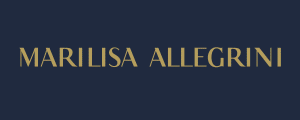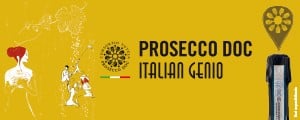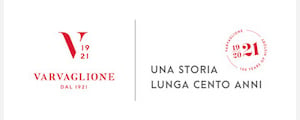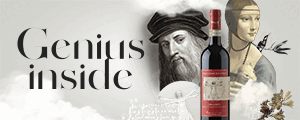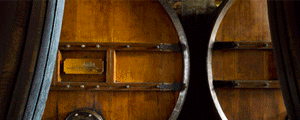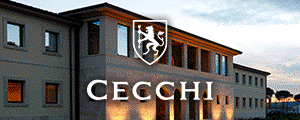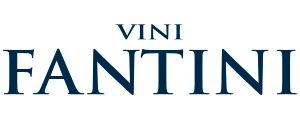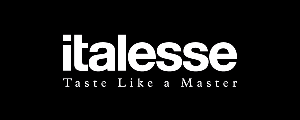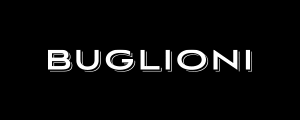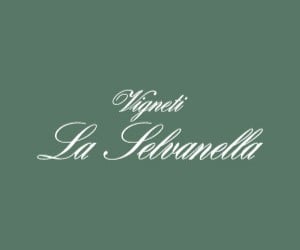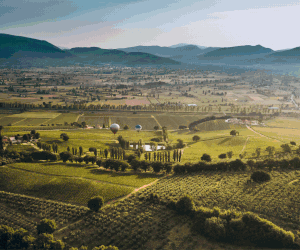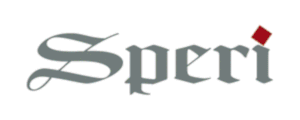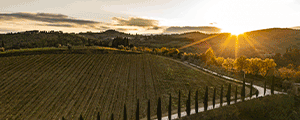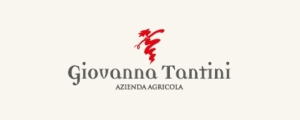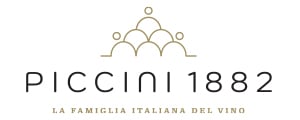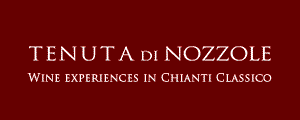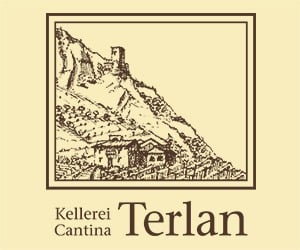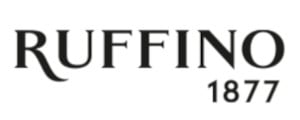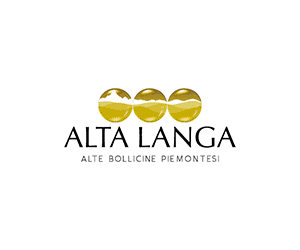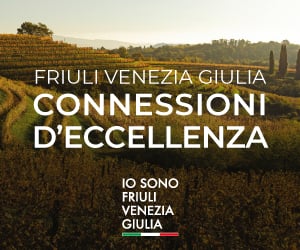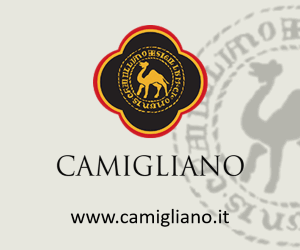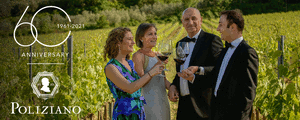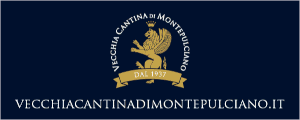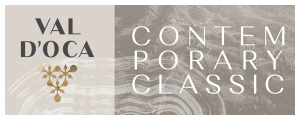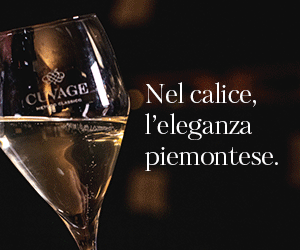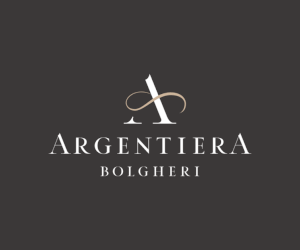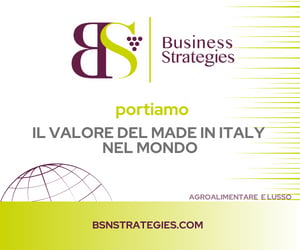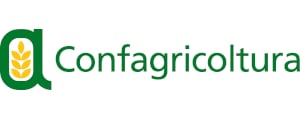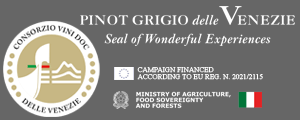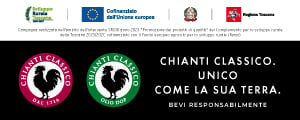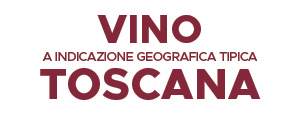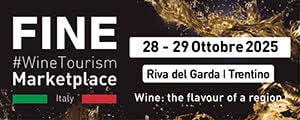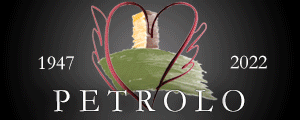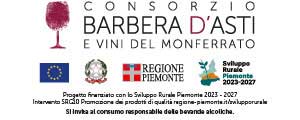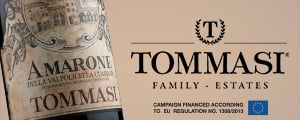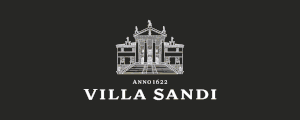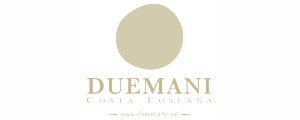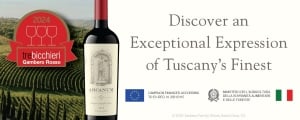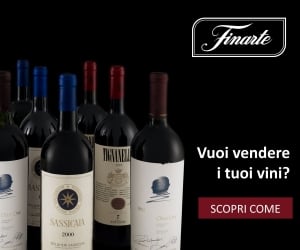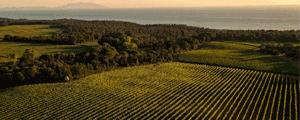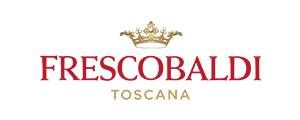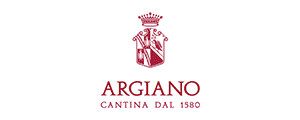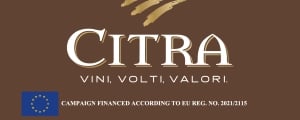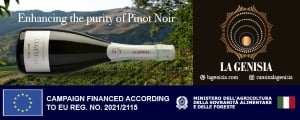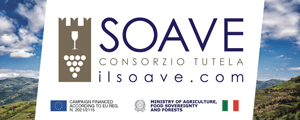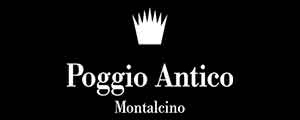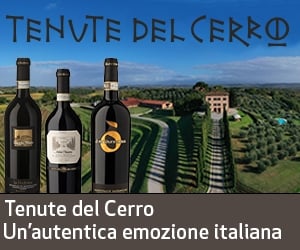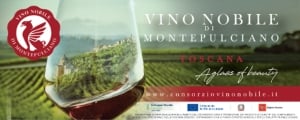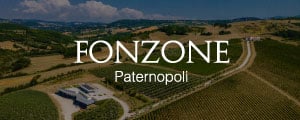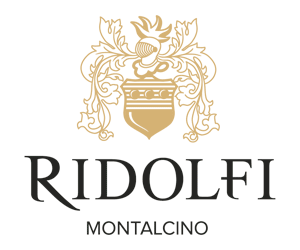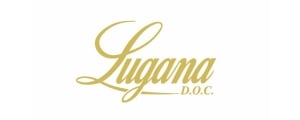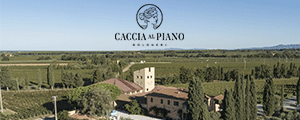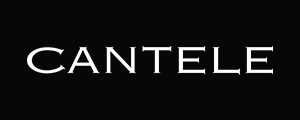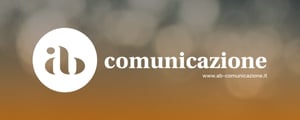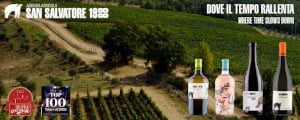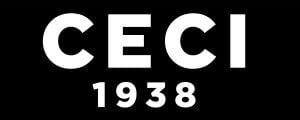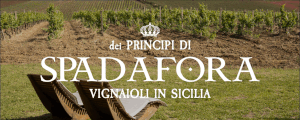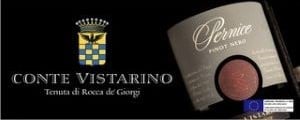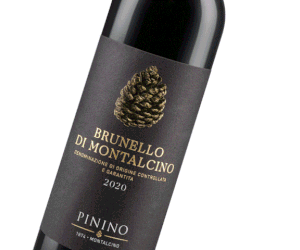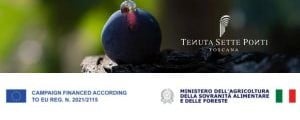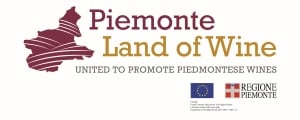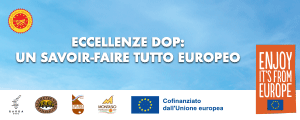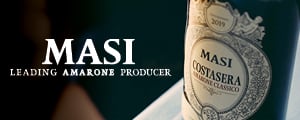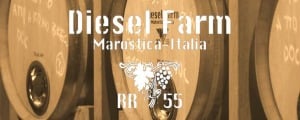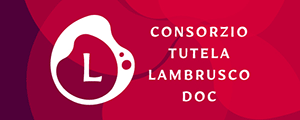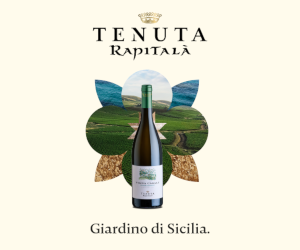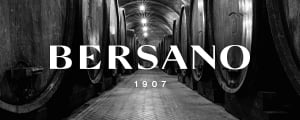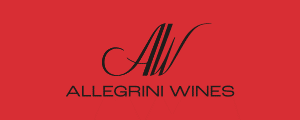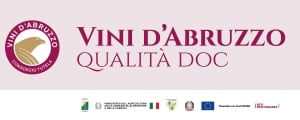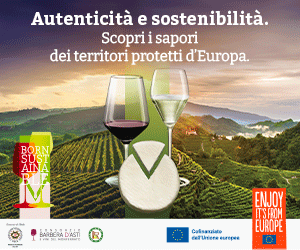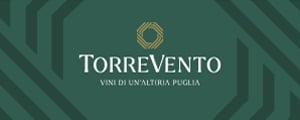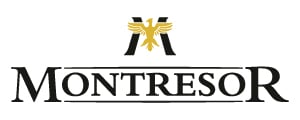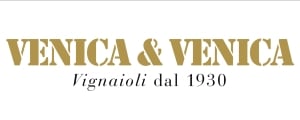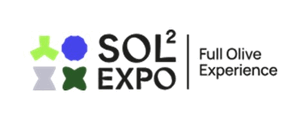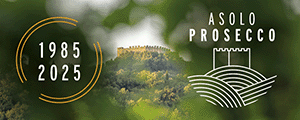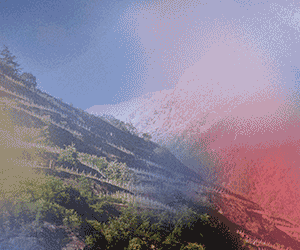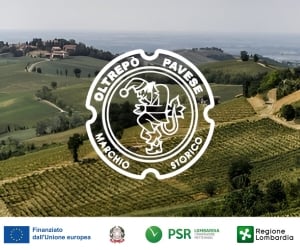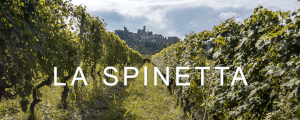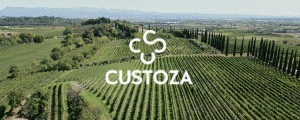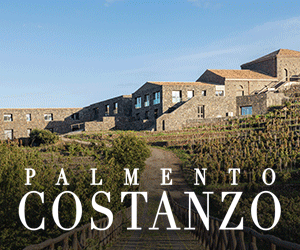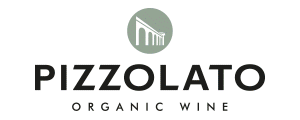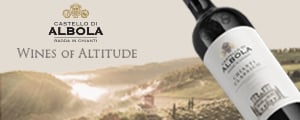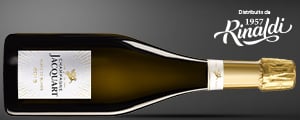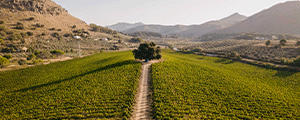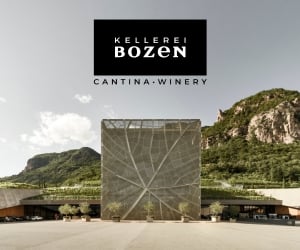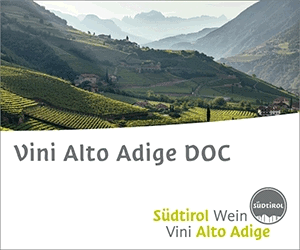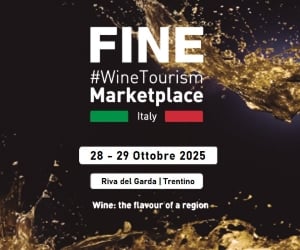There are many, and many are involved. These are “Le sfide strategiche per il vino italiano” - “Strategic Challenges for Italian Wine”, the focus of the first vertical edition of the Food Industry Monitor (Fim) - the observatory on the performance of Italian food & beverage companies, created by Ceresio Investors in collaboration with the University of Gastronomic Sciences of Pollenzo (Unisg) of Slow Food - presented during a conference held at the International Library “La Vigna” in Vicenza, thanks to Remo Pedon, president of the internationally renowned Vicenza institution, and with the support of Confindustria Veneto, in last days.
“We began working on the agri-food sector as a whole 16 years ago - introduced Gabriele Corte, dg of Ceresio Investors - and, for the first time, with the working group from the University of Pollenzo, we produced a vertical analysis of a single sector, the most important one, that of wine. It felt natural and prestigious to present it in this temple of viticultural and agri-food culture with its 62,000 volumes”.
Carmine Garzia, professor of Management at the University of Pollenzo and scientific responsible of Fim, presented the Observatory data. He first illustrated the general trends in the sector, then shared original insights from the analysis of financial statements of 165 companies, differentiated by type, representing about 5 billion euros in revenue - more or less similar to the sample analyzed by Mediobanca, but with smaller company sizes - against an estimated sector value of 16 billion euros. The general scenario still sees Italy as the leader in export volumes, but not in value, with 21.8 million hectoliters exported in 2024, and a significantly lower average price per liter than France. “With 3.7 euros per liter for Italian wine exports, compared to 9 euros for French wine, we are playing in a different league”, underlined Garzia. Comments on inflation were reassuring, but not those on consumption and the value of the wine sector. “In reality, things in Italy are not going so badly - Garzia commented - looking at inflation broken down between food and energy, the increase was driven by energy, and inflation has now subsided, bringing us to one of the lowest levels in the European Union, but this is also due to price cuts by many companies”.
However, there is little concern over household food consumption, including wine, which grew by 1.8%, the same as inflation, which is effectively zero growth. The sector in Italy is stagnant and doesn’t grow. Putting things into perspective, on a global scale, the entire wine sector is worth 90 billion euros at production, less than the revenue of a Swiss company that makes coffee capsules.
Nevertheless, exports have grown steadily, with an average annual increase of 4.8% between 2019 and 2024. But internationalization remains limited: although 28% of exports go to the U.S., only a few companies directly control their distribution. This highlights a strategic vulnerability to customs policies and geopolitical dynamics”.
Simplifying things, looking at “how much Italian wineries earn”, “our financial analysis of the 165 wineries in the panel - explained Garzia - shows a 2.5% revenue growth in 2024, with an average business profitability (Ros - Return on sales) of 5.9% and an average Return on Invested Capital (Roic) of 5.3%. The debt ratio remains under control (1.04), indicating good financial solidity. Cluster analysis of companies by business model shows that traders (bottlers, ed) are the most profitable, with an average Roic of 8.96% from 2020 to 2024, outperforming integrated producers and cooperatives. This data suggests a structural transformation in the sector, where market control and distribution management are becoming more central than agricultural production. The Italian wine sector needs a strategic leap: exporting bottles is no longer enough, we must export value, culture, and production models. The challenge is to shift from a volume-based logic to one of positioning”.
Following the data presentation, a roundtable discussion - moderated by professor Michele Antonio Fino of the University of Pollenzo - focused on concerns and expectations for the end of 2025. “The last quarter of the year - recalled Marzia Varvaglione, producer in Puglia with Varvaglione 1921 and president of Ceev - Comité Européenne des Entreprises Vins - is historically crucial for producers of sparkling and red wines. Globally, there is a climate of concern: in California, lack of demand has forced companies to leave grapes on the vines. Trump tariffs are negatively impacting our exports to the U.S., which are further complicated by the lack of U.S. wine exports to Canada, forcing them to stay in their domestic market. In Europe, while Burgundy in France continues to hold thanks to its “aura of exclusivity”, Bordeaux is seriously discussing vine removals, and Champagne is reducing production. Italy suffers not only from a significantly lower average export price than France but also from the hyper-fragmentation of companies in the sector”.
“Despite the difficulties - underlined Filippo Polegato, newly appointed vicepresident of Unione Italiana Vini (Uiv) and ceo of Astoria - the sparkling wine sector is generally holding up in Italy, although margins are shrinking. This contraction is due to the decline in household purchasing power, forcing companies to adopt “aggressive pricing” to maintain market share. The real struggle is with red wine, especially in regions like Tuscany, Montalcino, and Puglia. It is a crisis which is not only linked to purchasing power but also with communication failure. Another issue is the loss of wine consumption, excluding sparkling wines, for happy hour, while restaurant consumption remains more stable. The response to these challenges includes increasing transparency and promoting winery visits as full experiences, not just tastings. Companies must ask themselves whether red wine is still relevant and modern, as consumers, especially younger generations, are seeking fresher, easier-to-understand products with lower alcohol content”.
This profile is well matched by Italy’s most successful wine, Prosecco, not only in the glass but also thanks to effective consortium governance policies for the denominations of origin, “without these - highlighted Luca Giavi, Director of the Prosecco DOC Consortium - failure is a real risk. Prosecco DOC is doing well thanks to its versatility in pairings, openness to mixing, and low alcohol content. We are seeing good results producing Prosecco naturally around 9% alcohol, and we are working on necessary changes to disciplinary guidelines and regulations. I also highlight the favorable price positioning, which ensures better margins for retailers: for example, in Aspen, in the USA, a glass of Prosecco costs 16 dollars, compared to 22 dollars for Champagne. Finally, the Consortium is working to increase transparency. With the upcoming publication in the Official Gazette of the latest amendment to the Prosecco DOC production regulations (expected by year-end), to ensure greater transparency for consumers - explained Giavi - those not registered in the certified control system who bottle Prosecco DOC under their name must indicate this status on the label with the acronym “Nr” (Not Registered), meaning the wine was produced and bottled by a party (grower, winemaker, bottler) different from the brand owner”.
Alessandro Santini, head of corporate advisory and investment banking at Ceresio Investors, observed that although the sector has been less attractive to investors in the past two years due to declining economic fundamentals, it remains “extremely interesting” in the long term. “Italian entrepreneurship - he stressed - is fragmented: 85% of the Italian wine sector consists of small companies with limited financial resources. To compete internationally and attract qualified talent, it is essential to scale up through aggregation. However, wine is a long-term investment that requires a 7-10 year horizon to succeed. A financial approach with a typical 3-5 year horizon, like that of private equity funds, risks damaging the brand’s identity, culture, and brand positioning. I believe the sector is still attractive to both industrial investors looking to grow through aggregation and financial investors aware of the need to stay long enough”. Santini supplied a “neutral” outlook up to one year, foreseeing - with an optimism which wasn’t read on the faces in the hall - a recovery in the market in 2026, thanks to the dynamism of Italian entrepreneurs, and to an improvement in communication.
“Private equity funds have recently found fertile ground in Italy by treating wine as a luxury good - observed, within this contexr, Varvaglione - but wine is not just a commodity, it is not a multiplier for quick resale unless it is a very large company that becomes depersonalized. Let’s remember that wine is culture, it represents roots, assets that cannot be valued or bought unless the company is acquired by another family that inherits its roots and culture”. And, connecting to this theme and moving beyond the cold economic analysis, Antonio Fino emphasized that the 88 billion euros in global wine production corresponds to territories, stories, and the spread of agronomic culture, of which the La Vigna Library is a custodian, and these are also a barrier against territorial degradation and abandonment.
The event concluded with the screening of a docufilm dedicated to Demetrio Zaccaria, the entrepreneur who founded the International Library “La Vigna” in 1981, a center of excellence for research and documentation in viticulture, agronomy, and rural culture, recognized by the Ministry of Culture as of “Exceptional Cultural Interest” in 2020. The beautiful docufilm, “La Vigna di Demetrio Zaccaria”, directed by Manuela Tempesta, featuring Gianmarco Tognazzi (also a wine producer with La Tognazza in Velletri), and co-produced by Kublai Film, tells his story.
Copyright © 2000/2025
Contatti: info@winenews.it
Seguici anche su Twitter: @WineNewsIt
Seguici anche su Facebook: @winenewsit
Questo articolo è tratto dall'archivio di WineNews - Tutti i diritti riservati - Copyright © 2000/2025

